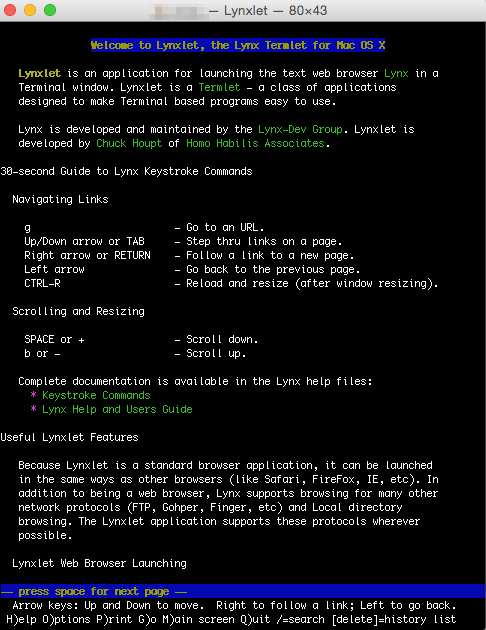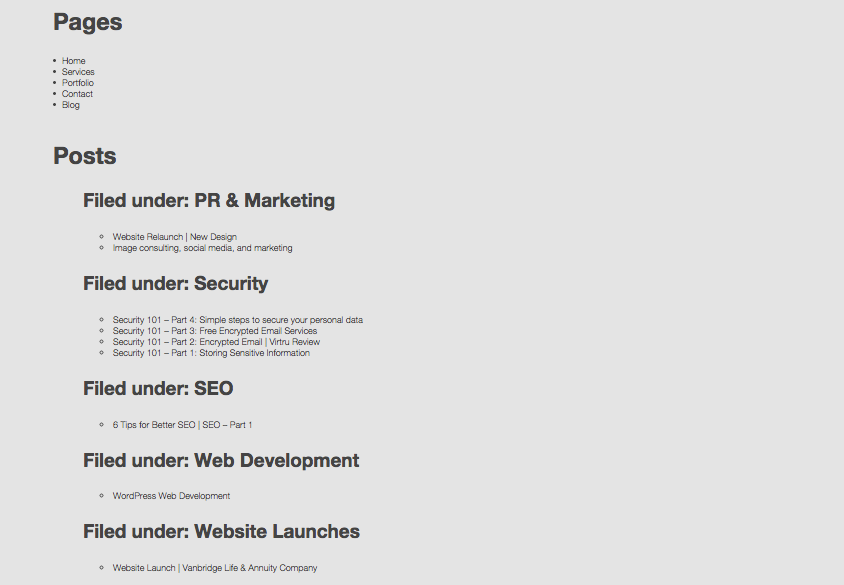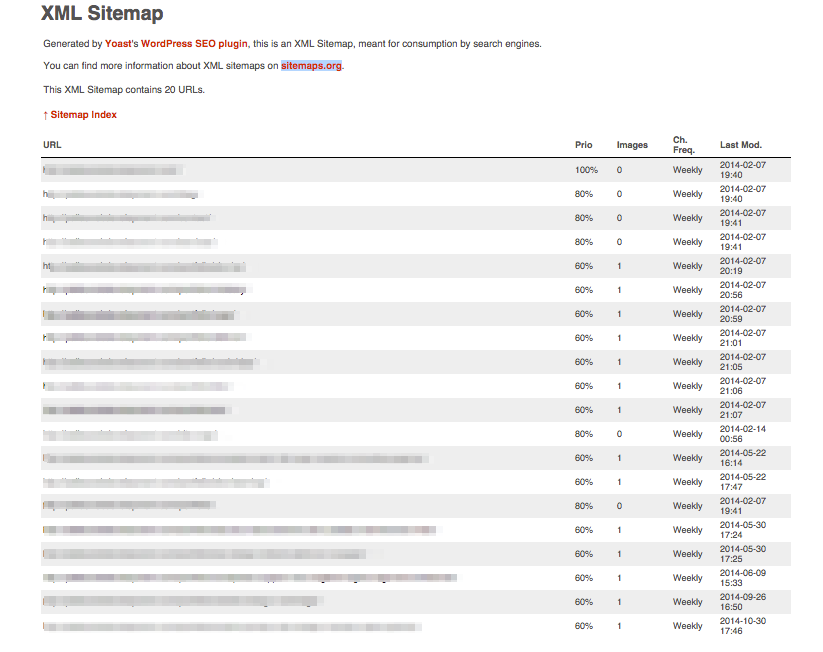Today we’re going to show you 4 quick seo tips that you can implement on your own, or ask us to help you with.
(1) Text Browsers
Use a text browser to examine your site. This will show you how search engine spiders view your site and will let you know where improvements and optimizations can be made.
Two popular text browsers are Lynx and Lynxlet.

(2) Site Maps
There are two different kinds of site maps: those for humans and those for search engines. We recommend that you use both. HTML sitemaps are for humans trying to navigate your site and / or looking for something specific. Frequently you will find sitemap links in the footer of a website where it is always easily accessible to a user.

The second type of site map is an XML sitemap and this sitemap is for search engines. The XML file lists all of the URLs for a site, optionally including metadata about each URL such as when the content on the URL was last updated. Spiders will often find the XML sitemap on their own, but it’s also advisable to submit your sitemap to search engines directly as well. You can do this via Google’s Webmaster Tools and Bing’s Webmaster Tools, for example.

(3) Friendly URLs
If you’re using a CMS such as WordPress, Friendly URLs are created via the permalinks feature (permalinks are static URLs). To make your permalinks ultra friendly, modify the format of the URLs via the settings panel in the dashboard. The “post name” format is the most popular and often the most “friendly”, though there are several other options available, including creating your own custom structure.
If you’re not using WordPress, remember to take extra care when naming your files so that the URL appropriately reflects the content on the page. You can also use mod_rewrite rules to create friendly URLs if you’re on an Apache server. More information on that process can be found here.
(4) Canonical URLs
If you have content that is accessible from more than one URL, it is strongly recommended that you use canonical URLs to prevent duplicate content (search engines hate that!) and to make your content easier to locate. A canonical URL is simply the preferred URL for a given page. For example, your server likely displays the same content for http://www.example.com as it does for http://example.com. Choosing either the “www” version or non-www version of your home page as your preferred URL is one example of choosing a canonical URL. You can choose which page search engines serve up by setting your preferred home page URL via Google’s Webmaster Tools and Bing’s Webmaster Tools.
For links to your website from outside sources, use a server side 301 redirect to send traffic from the non-preferred URL to the canonical URL. This will make your site easier to navigate for both humans and search engines.
SEO is an important part of your small business web design, so we hope that you found these tips helpful. If you have any questions or need assistance implementing these changes on your site drop a line to your favorite Vermont SEO Company and WordPress Developer: Pallas Web Development.
[gravityform id=”5″ title=”false” description=”false”]